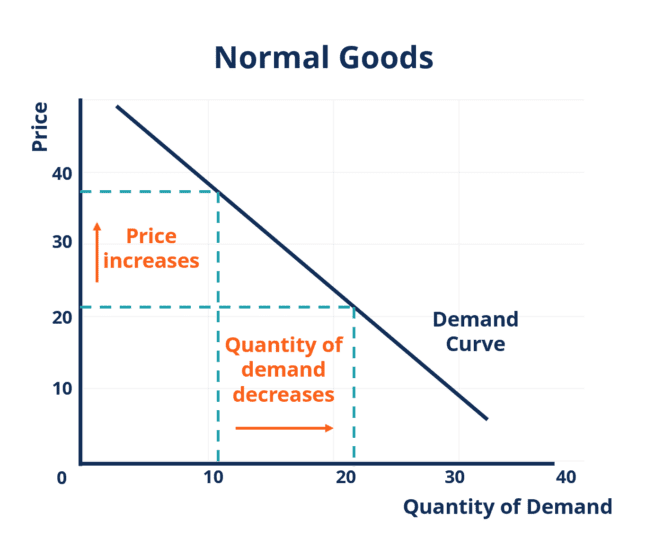0 search results for ‘’
People also search for:
excel
power bi
esg
accounting
balance sheet
fmva
real estate
Explore Our Certifications
Resources
Popular Courses
Recent Searches


 For example, cars are normal goods in general. Consumers are price-sensitive and more willing to buy more cars if prices are lower. However, with certain segments of cars, such as the luxury, supercar and hypercar segments, when the prices of these cars go up past a certain level, such as Ferrari, Lamborghini or Rolls-Royce, the car becomes a Veblen good, and the snob effect drives the demand.
For example, cars are normal goods in general. Consumers are price-sensitive and more willing to buy more cars if prices are lower. However, with certain segments of cars, such as the luxury, supercar and hypercar segments, when the prices of these cars go up past a certain level, such as Ferrari, Lamborghini or Rolls-Royce, the car becomes a Veblen good, and the snob effect drives the demand.




